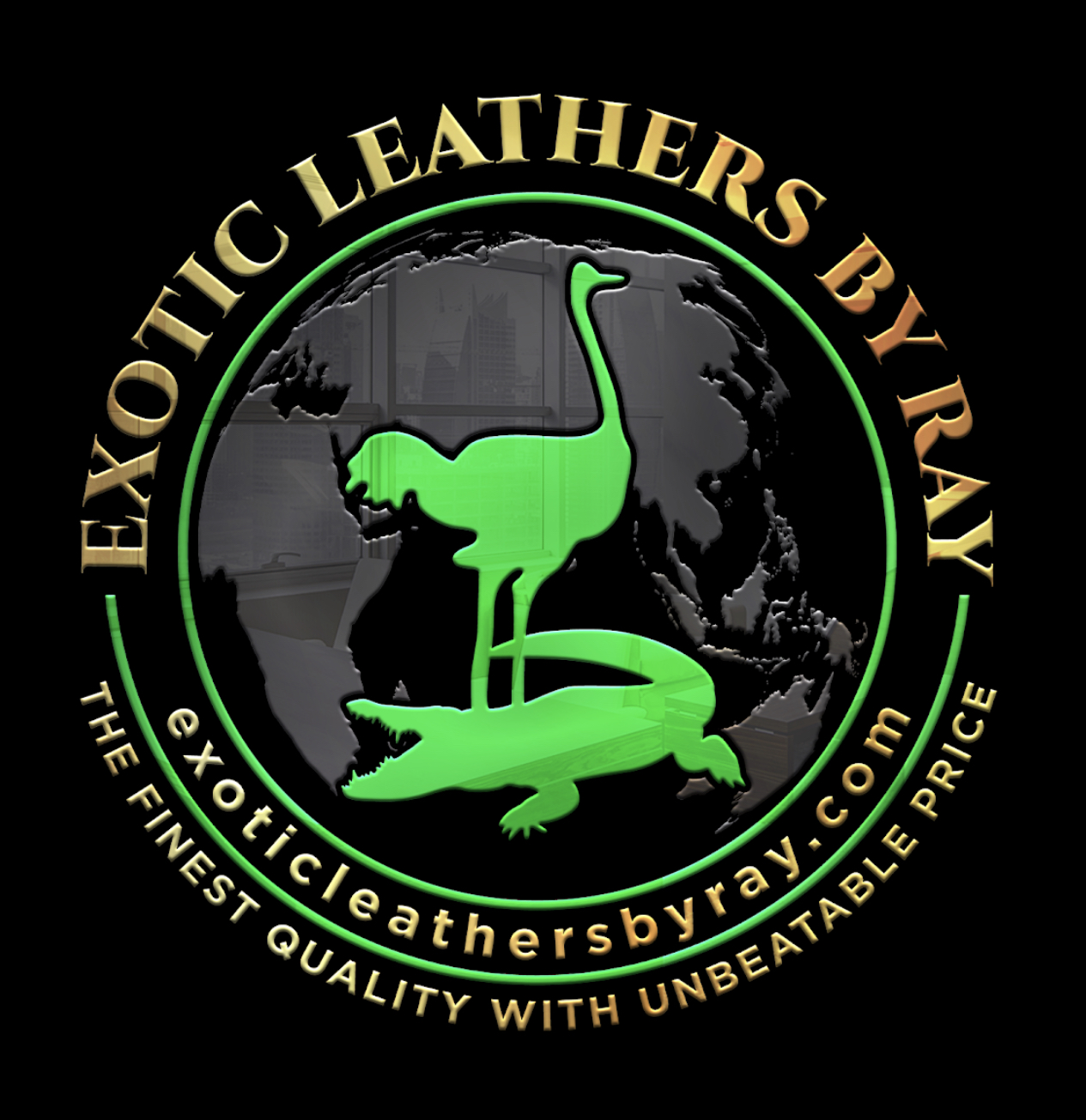Understanding Leather Goods Return Policies
- Ray Sartipi

- Nov 17
- 3 min read
When working with exotic leather materials, understanding the return policies is essential. These policies affect how you manage inventory, handle customer expectations, and maintain your business reputation. I focus on clear, practical information about leather return terms. This helps you avoid surprises and make informed decisions when purchasing or selling leather goods.
What Are Leather Return Terms?
Leather return terms define the conditions under which you can return leather products. These terms vary by supplier and product type. They include time limits, product condition requirements, and documentation needed for returns.
For example, some suppliers allow returns only within 30 days of purchase. Others may require the leather to be unused and in original packaging. Some exotic leather types, like ostrich or alligator, may have stricter return policies due to their high value and limited availability.
Understanding these terms helps you plan your orders better. It also protects you from losses if the leather does not meet your expectations or specifications.
Key Elements of Leather Return Terms
Return Window: The number of days you have to return the product.
Condition Requirements: Whether the leather must be unused, uncut, or in original packaging.
Restocking Fees: Some suppliers charge a fee for processing returns.
Proof of Purchase: Receipts or invoices are usually required.
Exclusions: Certain products may be non-returnable, such as custom orders or clearance items.
Knowing these details upfront saves time and money. It also helps you communicate clearly with your suppliers and customers.

How to Navigate Leather Return Terms Effectively
Navigating leather return terms requires attention to detail and good communication. Here are practical steps to manage returns efficiently:
Read the Policy Carefully
Always review the return policy before purchasing. Look for specific clauses about exotic leathers.
Inspect the Leather Immediately
Check the leather upon delivery. Look for defects, color mismatches, or damage.
Document Issues
Take photos and notes if you find problems. This documentation supports your return claim.
Contact the Supplier Promptly
Notify the supplier as soon as you identify an issue. Follow their instructions for returns.
Keep Packaging Intact
Preserve the original packaging and labels. Many suppliers require these for returns.
Understand Restocking Fees
Be aware of any fees that may reduce your refund.
By following these steps, you reduce the risk of disputes and delays. You also maintain a professional relationship with your supplier.
Common Challenges with Leather Returns
Leather returns can be complicated. Here are some common challenges and how to address them:
Non-Returnable Items
Some exotic leathers are sold as final sale. Confirm this before ordering.
Quality Disputes
Quality can be subjective. Use clear standards and documentation to support your claims.
Time Constraints
Return windows can be short. Act quickly to avoid missing deadlines.
Restocking Fees
These fees can be costly. Factor them into your purchasing decisions.
Shipping Costs
Return shipping may be your responsibility. Calculate these costs before returning.
Understanding these challenges helps you prepare and avoid costly mistakes.

How Return Policies Impact Your Business
Return policies affect your cash flow, inventory management, and customer satisfaction. Here’s how:
Cash Flow
Returns delay payments and refunds. Plan your finances accordingly.
Inventory Management
Returned leather may not be resalable. This affects stock levels and ordering.
Customer Satisfaction
Clear return policies build trust. They also reduce disputes and complaints.
Supplier Relationships
Following return policies maintains good supplier relations. This can lead to better terms and priority service.
Risk Management
Understanding return terms helps you assess risks before purchasing.
By integrating return policy considerations into your business processes, you improve efficiency and reduce losses.
Best Practices for Handling Leather Returns
To handle leather returns effectively, implement these best practices:
Set Clear Internal Guidelines
Train your team on return policies and procedures.
Maintain Accurate Records
Track all returns, reasons, and outcomes.
Communicate Clearly with Suppliers
Use written communication to confirm return agreements.
Inspect Returns Thoroughly
Verify returned items meet the supplier’s conditions.
Use Return Policy Details
Refer to the supplier’s return policy details to ensure compliance.
Plan Purchases Carefully
Order samples or smaller quantities first to minimize returns.
Negotiate Terms When Possible
For large orders, discuss return terms upfront.
These practices help you manage returns smoothly and protect your business interests.
Final Thoughts on Leather Return Terms
Understanding leather return terms is crucial for anyone working with exotic leathers. It helps you avoid financial losses and operational disruptions. Always review policies before purchasing. Document any issues promptly. Communicate clearly with suppliers. Use the knowledge of return policies to make smarter buying decisions.
By mastering these terms, you support your business goal of providing high-quality exotic leathers while maintaining excellent value and customer trust.






Comments